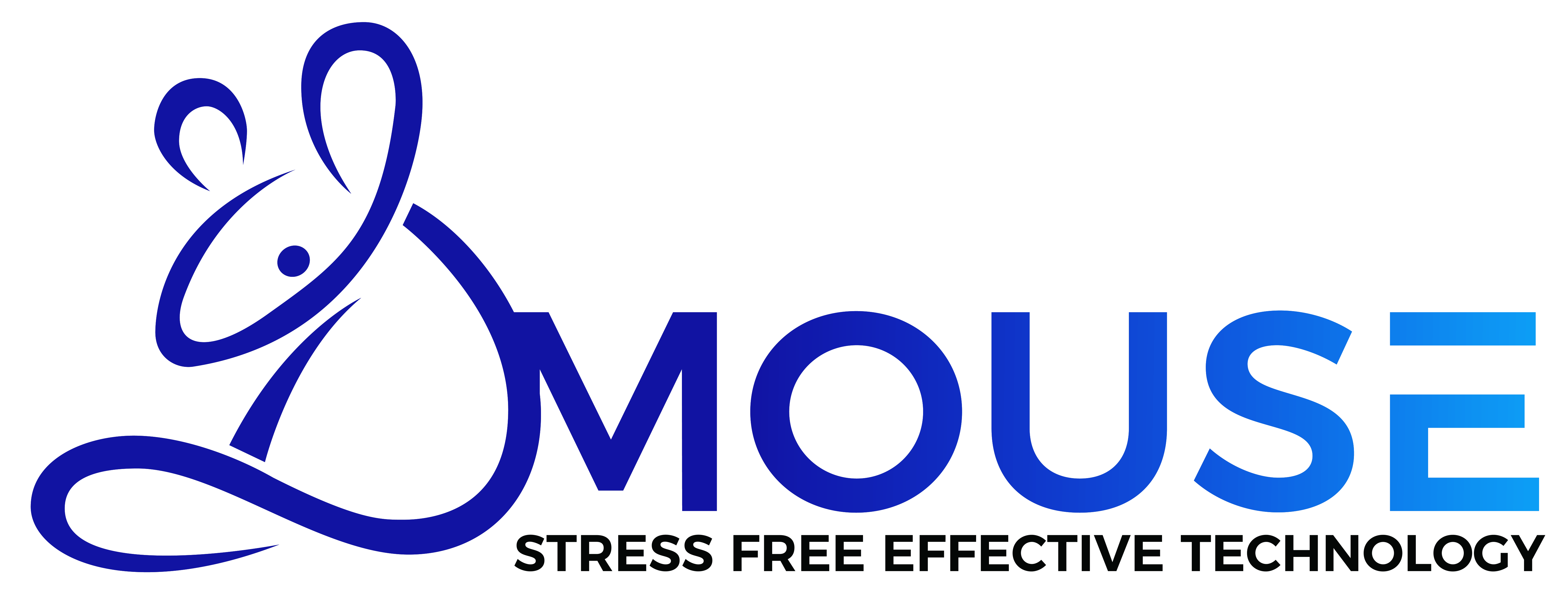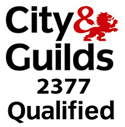The Health & Safety Executive states that 25% of all reportable electrical accidents involve portable appliances. PAT testing or portable appliance testing is an important part of any Health & Safety Policy.
Mouse (UK) Limited’s comprehensive system of testing and documentation offers all customers peace of mind and stress-free compliance with their legal and insurance obligations.
All PAT Testing is carried out under the IEE’s Code of Practice for In-Service Inspection and Testing of Electrical Equipment and conforms to HSE guidelines. The legislation of specific relevance to electrical maintenance is outlined in:
The Health & Safety at Work Act 1974
The Electricity at Work Regulations 1989
The Workplace (Health, Safety and Welfare) Regulations 1992
The Provision and Use of Work Equipment Regulations 1998
The Management of Health & Safety at Work Regulations 1999
Main Categories of Equipment
Hand Held Appliances – This category includes items such as hair dryers, electric drills.
Portable Appliances – This category covers electrical equipment weighing less than 18kg that can be moved whilst being used or can be easily moved, eg. vacuum cleaners, food mixers, toasters.
Moveable Equipment – This category covers equipment is transportable rather than portable and includes items such as electric fires, air conditioning units.
Stationary Equipment –This category covers items that weigh more than 18kg, that are not hard wired into the mains, eg. chest freezers, washing machines.
In addition there are other types of equipment (e.g. extension leads, I.T. equipment etc.) that do not readily fall into the above categories, but which still require routine inspection and testing.
Inspection & Testing Methods
Full Visual Inspection – The appliance is checked to ensure that it is not damaged, the flex is also examined for signs of damage, the mains plug is also examined to ensure that the flex is correctly secured, the fuse rating is correct, the wiring is correct, that there are no signs of overheating and no cracks to the plug’s casing.
Earth Continuity (earth bond) Test – This test is applied to Class I appliances to ensure that the appliance is adequately earthed. Special soft tests are used on I.T equipment.
Insulation Resistance Test – Used to test both Class I and Class II electrical appliances, a current of 500v DC is applied to measure resistance.
Substitute Leakage Test – A ‘softer’ version of insulation resistance testing, used on appliances with voltage limiting devices.
Touch Leakage Test – Used to measure protective conductor current between earth and live parts in Class I appliances or from live parts to the appliance enclosure for Class II appliances.
Polarity Test – This test checks that there are no crossed wires.
Load Test or Functional Test – To confirm that the appliance operates.
For ease of identification each appliance tested is labelled and given a unique identification number. The label shows when the appliance was tested and when the next test is due.
A fully itemised test report is supplied following testing.
For more information contact us to discuss your requirements.


